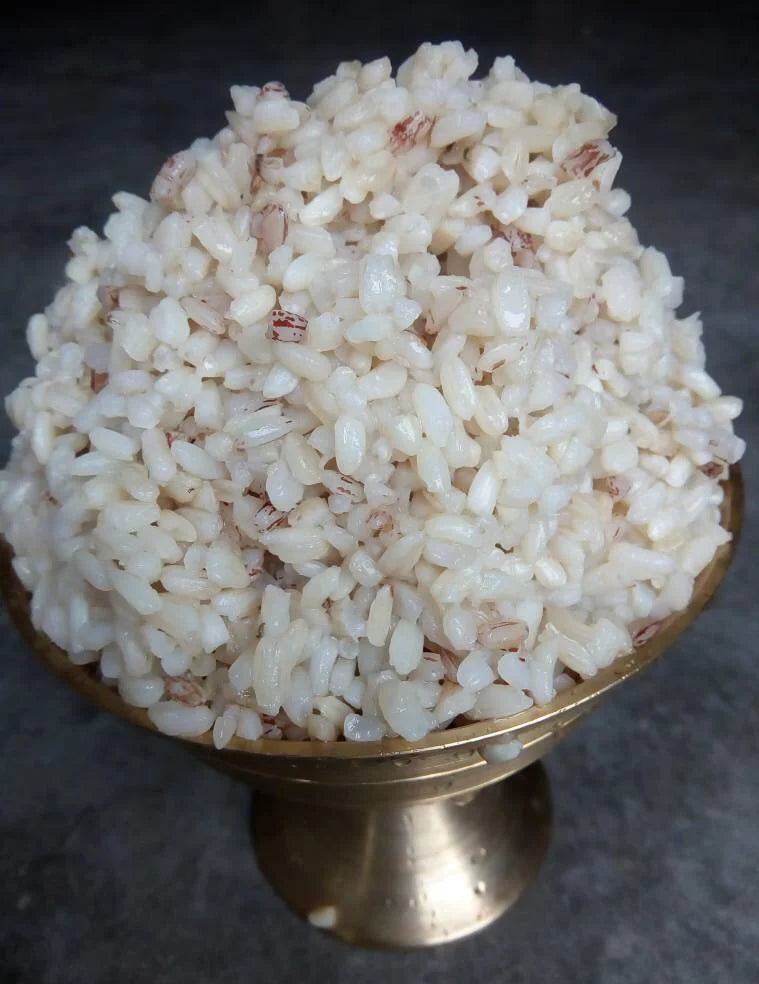
Geographical Indication-Based Products of North-East India
Share
Frankly speaking, before I started writing this article, I had no idea there were so many Geographical Indication-tagged products in India, much less in Northeast India. Such diversity, so much culture, which we, of course know, are abound with; nevertheless, they never fail to astound me. As of 2023, there are over 400 Indian products listed under the Geographical Indication registry. GI tags are mostly given to:
- agricultural products
- food products
- wine
- handicrafts
- industrial products.
Let us go a bit into details about GI Tags.
Now, what exactly is Geographical Indication?
Geographical Indication or GI Tags are given to products belonging to a specific geographical origin and possessing some reputation or qualities owing solely to its place of origin. A product that carries a certain essence of the place in which it grows or is crafted are assigned the GI Tags. In India, the GI tags are issued as per the Geographical Indications of Goods (Registration and Protection) Act,1999. They are assigned by the Geographical Indication Registry, Union Ministry of Commerce and Industry.
geographical origin and possessing some reputation or qualities owing solely to its place of origin. A product that carries a certain essence of the place in which it grows or is crafted are assigned the GI Tags. In India, the GI tags are issued as per the Geographical Indications of Goods (Registration and Protection) Act,1999. They are assigned by the Geographical Indication Registry, Union Ministry of Commerce and Industry.
Why are GI Tags Significant?
GI tags provide the means for businesses of a specific region to uphold the value of the their geographically unique products. Paving the way for branding and marketing the local crops, GI tags give the products their own identity, letting a region own the crops exclusive to their lands. Geographical indications tags are part of the Intellectual Property Rights and offers legal protection to the products, preventing a third party from exploiting the rights. The GI tags are offered after thorough inspection of the products and ensures active promotion of the products and their respective industries. GI Tags give products unique to a region an international acclaim.
Which are the Northeastern Products to bag the GI Tags?
The first to bag the GI Tag among Northeastern products was the Assam Muga Silk, where it was listed in the Geographical Indication registry in the year 2003. It was followed by the Orthodox Assam Tea in 2007. After that, several other products from Northeast India have been listed under the GI registry.
products from Northeast India have been listed under the GI registry.
After Muga Silk and Assam Orthodox Tea, other products began to be listed under the Geographical Indication Tags: the Karbi Anglong ginger (2014-15), Tezpur litchi (2014-15), Joha rice (2016-17), Boka Choul (2018-19), Kaji nimu (2019-20)(a rare breed of lemon found in Assam), Chokuwa rice (2019-20) and Judima (a drink of the Dimasas tribe of Assam) (2021-22).
Recently, thirteen other agricultural products have been conferred the GI Tags: Arunachali Orange, Kachai Lemon from Manipur, Manipuri Chak-Hao’, Khasi Mandarin orange and Memang Narang orange from Meghalaya, Mizo Chilli of Mizoram, Naga Tree Tomato and Naga Sweet Cucumber from Nagaland, Queen Pineapple of Tripura and Sikkim Large Cardamom and Dalle Khursani chilli from Sikkim.
Northeastern states are a treasure trove of commodities that are specific to the place in which they are grown or are crafted. Be it handmade shawls or silk, be it a crop specific to only a certain region or handicrafts built by a certain tribe of people, I am certain, there is scope for numerous other products, which in the future will make its entry into the Geographical Indications registry.